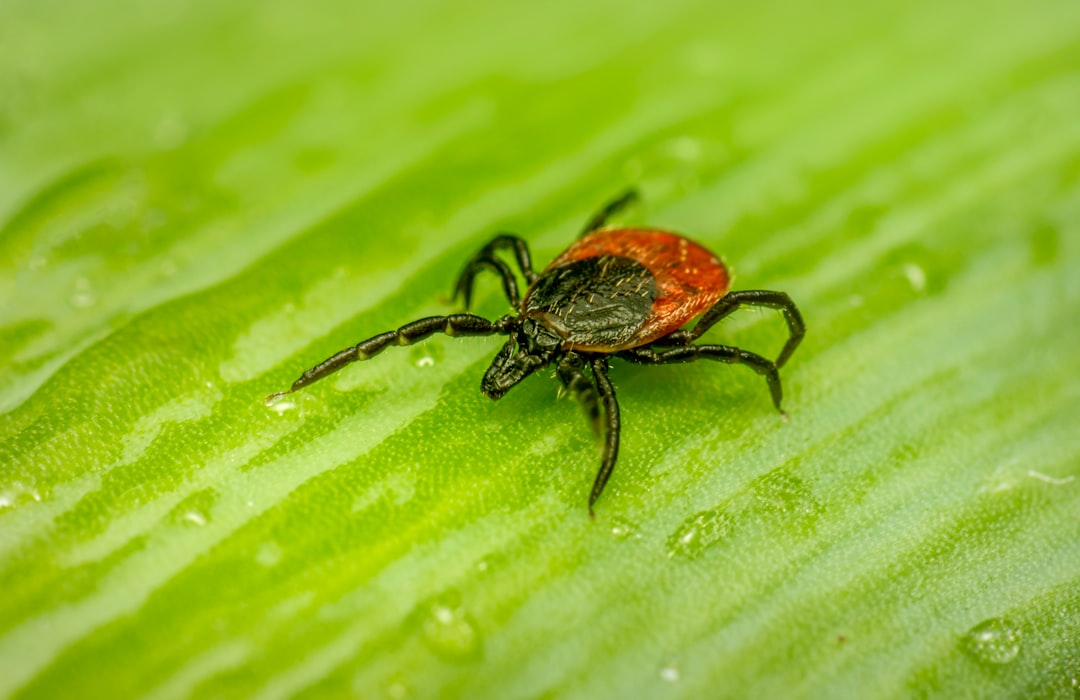What is it about?
This report shows both the way and the mechanism of improving gut health through dietary fiber changes. The shift in bacteria and associated changes in bacterial by products (postbiotics) reveal the mechanism by which the dietary changes impart gastrointestinal health improvements.
Featured Image
Why is it important?
This increases the understanding of both the ways to improve microbiota gastrointestinal ecosystems and the cross talk involved with improving gut health. In applying this a nutritionist may better understand how to design foods which optimize feeding both the microbiota and the host.
Perspectives
I get a significant value from seeing the beauty of biological life revealed by scientific inquiry. It has long been known that there is a benefit to dietary fiber and ingredients which are metabolized by gut microbiota. I first saw the benefit of microbiota byproducts (postbiotics) in 1978 (Journal of Animal Science 46 (6), 1658-1665) and subsequently reported changes associated with the addition of dietary fiber or microbes to food in the early '80s. The research reported here shows the tremendous capacity available to the research nutritionist today to see and understand the remarkable interactions between the microbiota and the host which helps understand these benefits. In applying the understanding from metabolomic analysis and the bacterial 16S rDNA amplicon sequencing the beauty of the holobiome interaction is more easily seen.
Dr. Dennis E Jewell
HIll's Pet Nutrition, Iinc
Read the Original
This page is a summary of: Balance of saccharolysis and proteolysis underpins improvements in stool quality induced by adding a fiber bundle containing bound polyphenols to either hydrolyzed meat or grain-rich foods, Gut Microbes, October 2018, Taylor & Francis,
DOI: 10.1080/19490976.2018.1526580.
You can read the full text:
Contributors
The following have contributed to this page










